Scuba Diving in India
Scuba Diving in India
Malvan, Pondicherry, Andaman, Goa, Lakshadweep, Chennai, Tarkarli, Dwarka, Rameshwaram, Cochin, Varkala Beach, Netrani Island and many more.Dive deep under the oceanic waves, cherish the miraculous marine life, the tranquillity of waters, and discover the magical underwater world with scuba diving in India. Drop your plans of road or mountain trips on your next vacation and jump into the crystal clear waters to enjoy unmatched thrills. Whether you are a novice or experienced, India's incredible coastline and diving sites will satisfy all your fancies and imprint your heart forever.
Do not know swimming? Fret not! Learn scuba diving under experienced instructors and discover the exotic marine life leaving your fears behind. Visit Tarkarli Beach in Maharashtra to see the glorious, vivid, colourful, and exquisite water underwater world and friendly dolphins. Or, head to Goa to endure the rich marine coast, lush pinnacles, and exquisite coral gardens. From Dwarka to Karnataka, Kerala to Andaman and up till Lakshadweep, India is blessed with abundant scuba diving sites that can certainly satisfy your thirst for adventure.
Seeing through the turquoise blue waters at scuba diving sites is not only exciting for adrenaline junkies but is heaven for those who love to capture beautiful natural sceneries. Scuba diving enables you to discover a world that can never be seen on land. Such activities not only offer abundant happiness but leave you with unforgettable reminiscences. So, don’t wait, plunge below the tempestuous waters. You will cherish it!
India Scuba Diving Packages | Duration | Price |
|---|---|---|
| Scuba Diving in Kovalam | 20 mins | INR 4,500 |
| Scuba Diving in Andaman | 30 mins | INR 3,500 |
| Scuba Diving in Havelock Island | 20 mins | INR 3,500 |
| Scuba Diving in Pondicherry with Free Videography | 4 hours | INR 6,499 |
| Scuba Diving in Chennai | 6 hours | INR 5,049 |
| Grand Island Scuba Diving with Free Videography | 7 hours | INR 2,599 |
| Shore Scuba Diving at Neil Island, Andaman | 1 hour | INR 4,025 |
| Grand Island Goa Scuba Diving with Water Sports Activities | 10 hours | INR 1,449 |
| Premium Scuba Diving Package, Goa | Use THRILLO200 for Flat 200 Off | 6 hours | INR 2,500 |
| Scuba Diving In Malvan | 9 hours | INR 1,499 |
| Scuba Diving In Gokarna | 45 mins | INR 5,781 |
| Scuba Diving in Mumbai | 45 mins | INR 3,500 |
India Scuba Diving Packages
.jpg)
Scuba Diving in Pondicherry with Free Videography
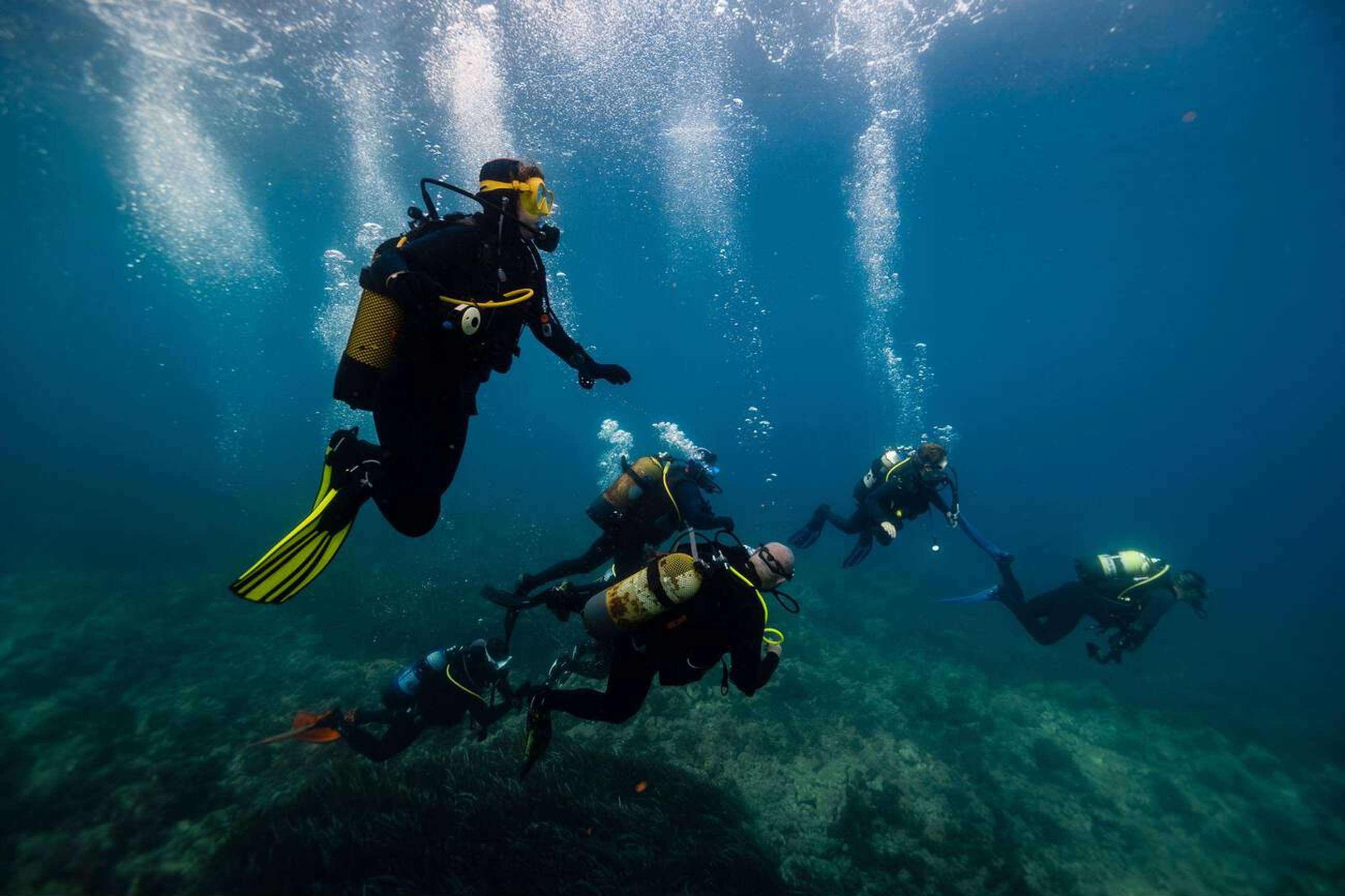
Grand Island Scuba Diving with Free Videography
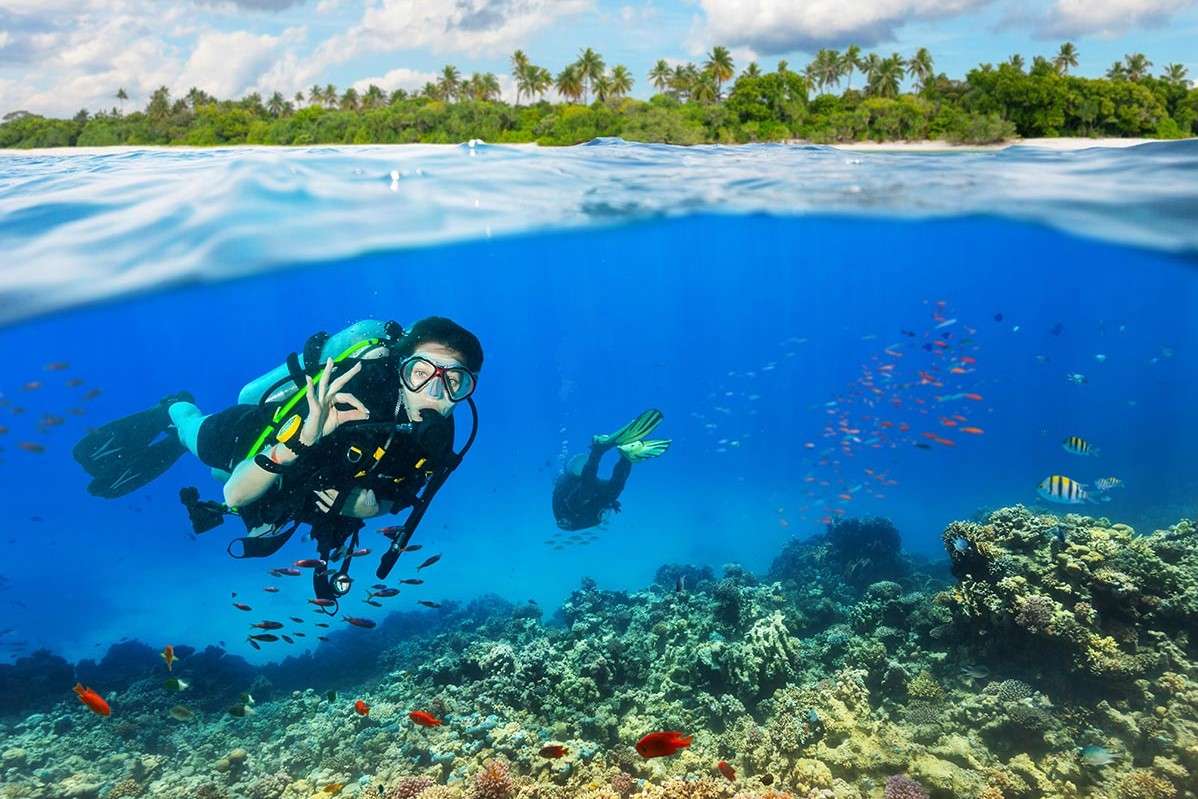
Grand Island Goa Scuba Diving with Water Sports Activities
Best Scuba Diving Destinations
Our Partners
Newly Added Experiences
Tourism Board Alliances
India Scuba Diving FAQs
Which are the best places for scuba diving in India?
1. Malvan: If you are a non-swimmer but want to endure the thrills of getting inside water and see the majestic underwater world from up and close. Don't worry; Malvan in southern Maharashtra is the ideal place for beginners like you. Malvan features a calm sea environment making it ideal for novices to intermediate level divers.
Along with low water currents and crystal clear waters, Malvan also has in store a lot more, like, colourful reefs, schools of fishes and other marine life. The diving sites near Sindhudurg Fort and Tsunami Island boast amazing water sports opportunities that are mesmerizing and adventurous.
Best Time: September to February
2. Pondicherry: Situated on the eastern coast of India, Pondicherry is the only diving point in that segment of the country. Here, the depth of water level ranges from 5m to 23m, making it ideal for beginners to professionals.
Complete with natural coral reefs, man-made ridges, rock formations, and diverse marine life, Pondicherry has several diving sites. While the Cool Shark Reef diving site is known for its sandy sea floors, The Hole is a 30m deep site. Temple Reef site is home to over 50 species of corals, Ravines are popular for the rocky reed beds and abundance of aquatic vegetation.
Best Time: February to April and September to November
3. Andaman: Nestled in the pristine Bay of Bengal, Andaman offers an ideal environment and several sites for thrilling water adventures like scuba diving. Blessed with crystalline turquoise blue water, amazing coral reefs, and majestic underwater marine life, it is indeed a great destination for watersports and marine life fans.
With diving sites like The Wall, Havelock Islands, Neil Island, Dixon’s Pinnacle, and many more, this is a recommended destination for enduring amazing excitement and thrills in India. Here, you can even learn scuba diving from certified professionals and divers as several reputed companies run accredited courses for beginners.
Best Time: November to mid-April
4. Goa: Known for its pristine beaches, lovely coastline, amazing landscapes, and electrifying night party scenes, Goa is also one of the best places in India for water adventures. With numerous shipwrecks serving as a home to colourful reefs and marine life, the Grand Island is a paradise for scuba professionals.
But Goa also offers diving sites for beginners like Umma Gumma Reef with crystal clear water, exotic corals, and diverse marine life. Calm water and clear visibility make the water of Goa one of the safest and beautiful locations for scuba diving in India.
Best Time: October to mid-May
5. Chennai: Feel the rush in your adrenaline with scuba diving in Chennai and collect cherishable memories! With shallow water and several diving sites on offer, Chennai is a haven for all adventure buffs who like to immerse themselves in the deep sea.
It also boasts of its exotic reefs that are some of the most prolific reefs along the coastline of India. Moreover, underwater situations are divers friendly with calm water currents and diverse wildlife. So, if you are looking for an exotic location to enjoy unmatched kicks, then head straight to Chennai.
Best Time: January to May
6. Lakshadweep: Lakshadweep is an amazing archipelago comprising 36 beautiful islands situated in the Arabian Sea off the southwestern coast of India. Blessed with sun-kissed beaches and verdant landscapes, it is amongst the most serene destinations for scuba diving in India.
The presence of crystalline blue lagoons and a vast diversity of marine life attract marine life lovers and divers from across the world. Here, you can see turtles, manta rays, and schools of small fishes, sharks and even whales in their natural habitat. The Princess Royal Bangaram is the most famous diving site for its shipwrecks having a variety of marine animals.
Best Time: October to mid-May
7. Tarkarli: Another magnificent diving site in Maharashtra is Tarkarli located close to Sindhudurg Fort. While the coastal water near the Tarkarli diving site is crystal clear, it is also rich in fascinating corals and diverse marine animals.
The diving site is very serene and also refreshes you with its pristine environment and magical breeze. Several diving schools and companies offer scuba diving activity here and ensure to make this a true adventure and recreational joy. Here, you will spot sea plants, ocean beds, turtles, rays to Dolphins, if lucky, and can go as deep as 30ft. Don’t wait, plan your next trip to this wonderful place and be amazed by the hidden gems of the underwater world.
Best Time: October to April
8. Dwarka: Famously known as the abode of Lord Krishna, Dwarka attracts millions of Hindu devotees but is a haven for watersports lovers as well. It is quickly gaining momentum in the scuba diving community and numerous schools and organizations are setting their new diving bases here.
The marine ecosystem is its main highlight and comprises diverse marine life, plants, and coral reefs. If weather permits, you can spot here, the marine sanctuary in the Gulf of Kutch and marine animals like dolphins, whale sharks, and turtles. So on your next trip to this religious city, do include scuba diving activity in your itinerary and experience something extraordinary.
Best Time: October to March
9. Cochin: Cochin or Kochi is another destination in India where you can enjoy scuba diving even if you are an amateur or novice. This coastal city in Kerala is blessed with numerous breathtaking beaches that provide idyllic conditions for surreal experiences of scuba diving.
The coastal water is enriched with colourful and diverse marine life whereas the crystalline water offers good visibility deep under the sea. These fitting conditions make Kochi waters good for diving and spotting sea beds and underwater life. Scuba Cochin and Neel Diving are two famous sites in Kochi that are PADI (Professional Association of Diving Instructors) recognized and also provide training for scuba diving in India.
Best Time: September and February
10. Rameshwaram: Popularly known as the temple city, Rameshwaram is also famous for its pristine beaches and the range of thrilling water and land adventures it offers. It is an Eden for all adventure buffs and lures tourists from across the world for its pleasant environment, crystal clear water and amazing underwater world.
Scuba diving in Rameshwaram provides opportunities for both non-swimmers to professional and even offers accredited courses. This unique diving adventure allows you to admire the raw beauty of the Gulf of Mannar species. Here, you can spot species like jellyfish, reef fish, stingrays, Nemo fish, green turtle, sea cucumber, lobster, and a colourful variety of corals.
Best Time: April to October
11. Varkala Beach: If you want to witness some of the best beauties of the underwater world and near the sea bed, plan a visit to Varkala Beach in Kerala. An untouched destination, it is a place of stunning corals, astounding marine life, shallow clear water, gentle and friendly waves making it befitting for scuba diving.
Along with an amazing kaleidoscopic underwater life, Varkala Beach assures a truly exciting and delightful scuba diving experience. Also, there are several dive training centres present here, which are PADI accredited and can make you comfortable for getting deep in the sea.
Best Time: September to February
12. Netrani Island: Located a few km away from Murudeshwar, off the coasts of Karnataka, Netrani is a tiny heart-shaped island. It is an unusual scuba diving site and enriched in colourful coral reefs and diverse marine creatures like fishes, humpbacks, etc. Popularly known as Pigeon Island, here you can even spot whale sharks, if lucky.
The Bhatkal Shipwreck is one of the most famous diving spots in Netrani and also offers extraordinary conditions for scuba diving. Other than exotic marine life, the place is rich in white sands making it ethereal and refreshing and attracts water adventures to tourists looking for nature retreats.
Best Time: September-March
What is the best time to go scuba diving in Andaman?
The best time for enjoying an exciting scuba experience in Andaman usually lies between October and May. During this season, climatic conditions are diving favourable with fewer chances of rains, slow water currents, and calm waves. However, for popular Barren Island, the months of February until April are considered the most favoured.
What is the minimum and maximum age for scuba diving?
While the minimum age for scuba diving is 10 years, there is no such maximum age. But you need to be physically fit to opt for this activity and there are fitness tests conducted prior to the activity to ensure the same.
What precautions should be taken before going scuba diving?
Adventures like scuba diving are extremely thrilling and attractive; however, they come with safety concerns. Being ignorant can even be harmful. The following set of precautions will give you a memorable scuba diving Experience:
-Make sure you are physically and mentally fit enough for diving.
-Ensure you dive in with trainers having an affiliation with a certified diving school.
-Double-check all your scuba diving gears and support materials.
-Always follow the leads of your scuba diving Instructor.
-Carry your valid ID Proofs, Emergency Contacts, and Medical Insurances etc.
-Ensure you have valid insurances backed up.
What are the medical conditions that impede diving?
A basic requirement to be eligible for scuba diving is to be void of ailments. Some medical conditions make you ineligible for scuba diving, including:
-Asthma
-Cancer
-Diabetes
-Pregnancy or recent childbirth
-Epilepsy and physical deformities
-In case you encounter such medical conditions, it is advisable to avoid scuba diving or refer to expert advice.
Which are the best places for scuba diving in Lakshadweep?
1. Agatti Islands: The Agatti Islands are considered the gateway to oceanic paradise. These are home to breathtaking natural beauty, mesmerising underwater world and life. Here, you can enjoy scuba diving even if you are a non-swimmer under the guidance of trained instructors and witness the magical marine world without any worries. Scuba diving adventure activities here begin around 10 am and last up to 5 pm.
2. Bangaram Islands: The most famous scuba diving destination in Lakshadweep is Bangaram Islands. It is not only popular for its ethereal beauty but for the coastal reefs, amazing sea beds, plants and animals. Here, you can also discover marine life in shipwrecks and even find some hidden treasure if lucky. Scuba diving activities begin here at 11 am and end around 5 pm.
3. Kavaratti Islands: The Kavaratti Islands are the capital of Lakshadweep and is another beautiful destination for scuba diving. Offering extreme scenic beauty, this group of islands is laid around deep ultramarine blue seas promising an unmatched scuba diving experience. These are also known for their coral reef! The marine life here is worth a glance. Scuba diving activities start here around 11 am during the late morning hours.
What is the cost of scuba diving in Tarkarli?
Tarkarli is one of the unexplored scuba diving destinations that offer a variety of scuba diving opportunities. Activity here is pretty reasonable and cost-effective. The price for scuba diving in Tarkarli varies from about 817 INR to approximately 1370 INR. The packages vary as per the attached requirements of the customer and the diving depths.
When to go scuba diving in Goa?
The peak season for scuba diving in Goa lies between mid-October to May. These months are the best suitable for such recreational adventure activities. The weather is a bit dry, breezy and pleasant. You should avoid monsoon months for such activities in Goa.
What should I wear while scuba diving?
Scuba Divers prefer to wear basic clothing under the typical diving suit. These basic clothes help you in maintaining your body temperature underwater and give you a more flow dive. You can opt for basic swimsuits, compressed t-shirts, vests etc. under your diving suit. However, it is mandatory to wear a diving suit, diving mask and snorkel.
India Scuba Diving Reviews


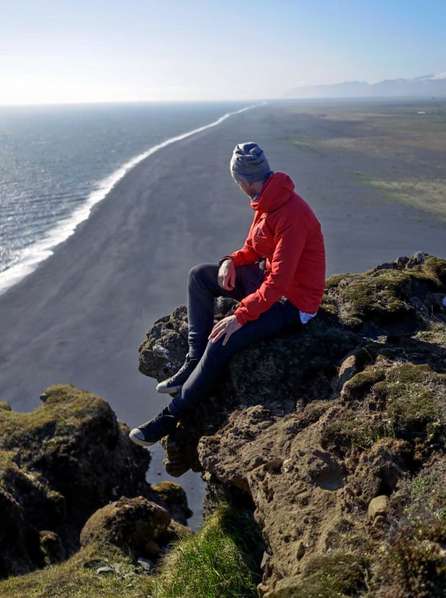



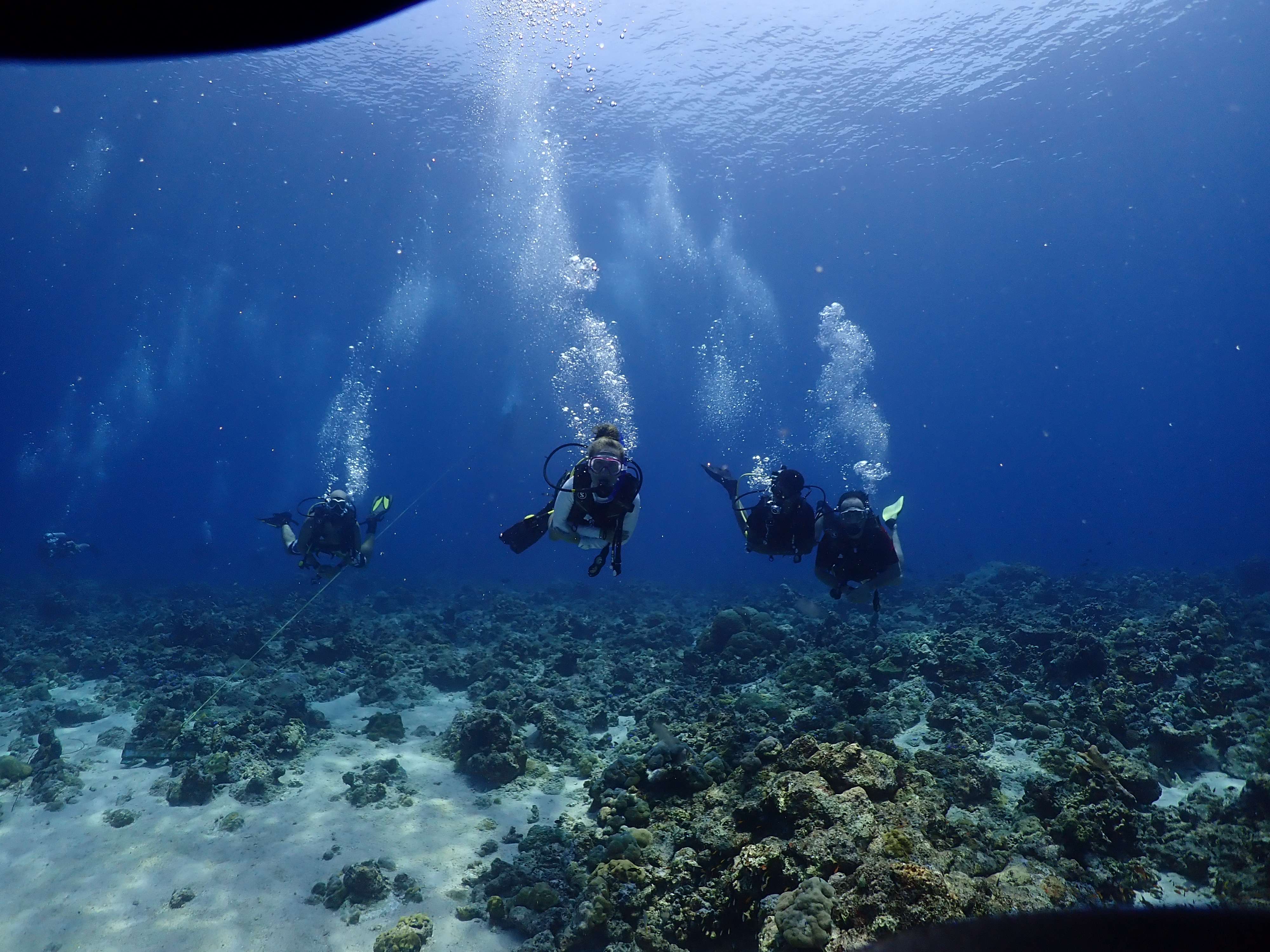
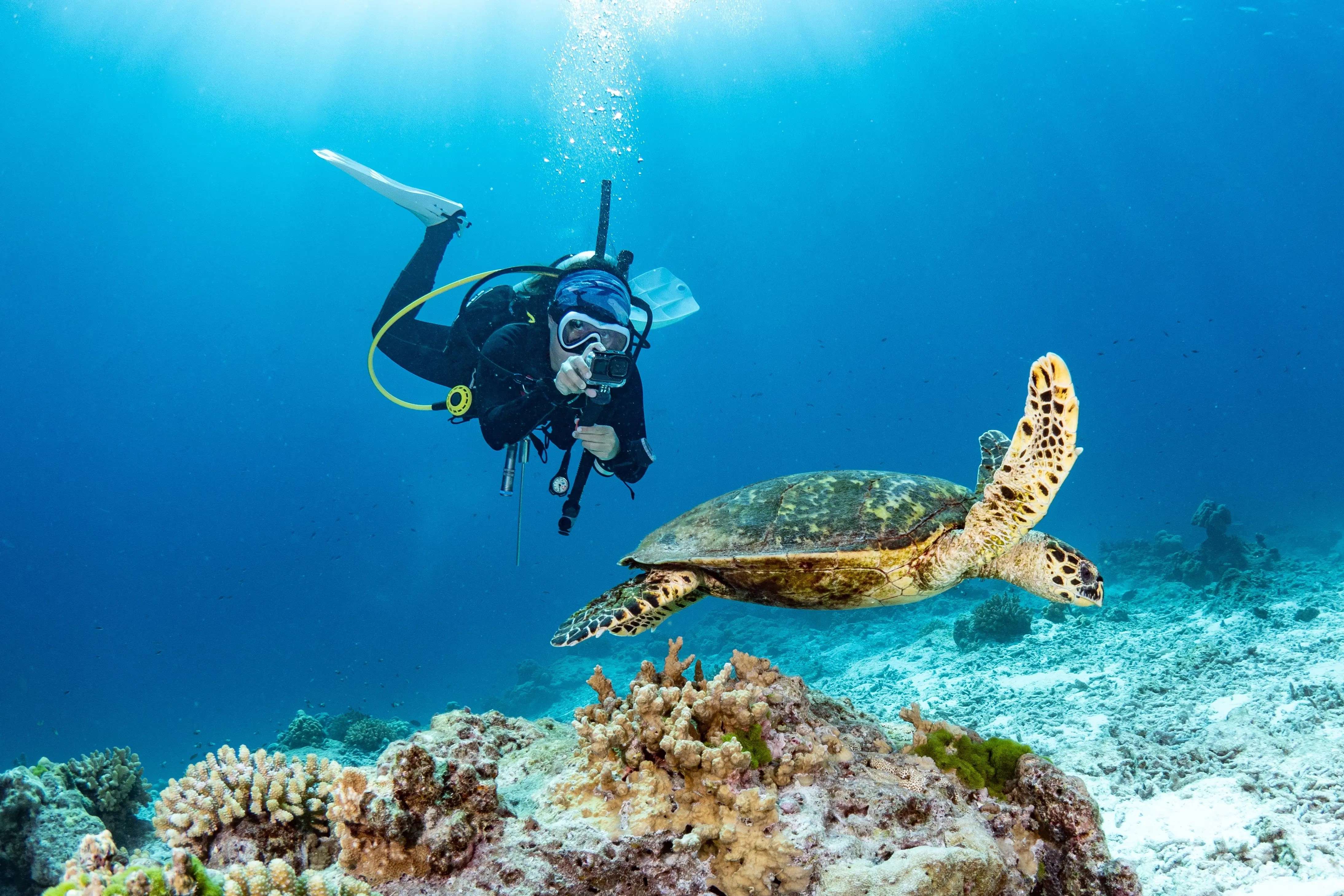
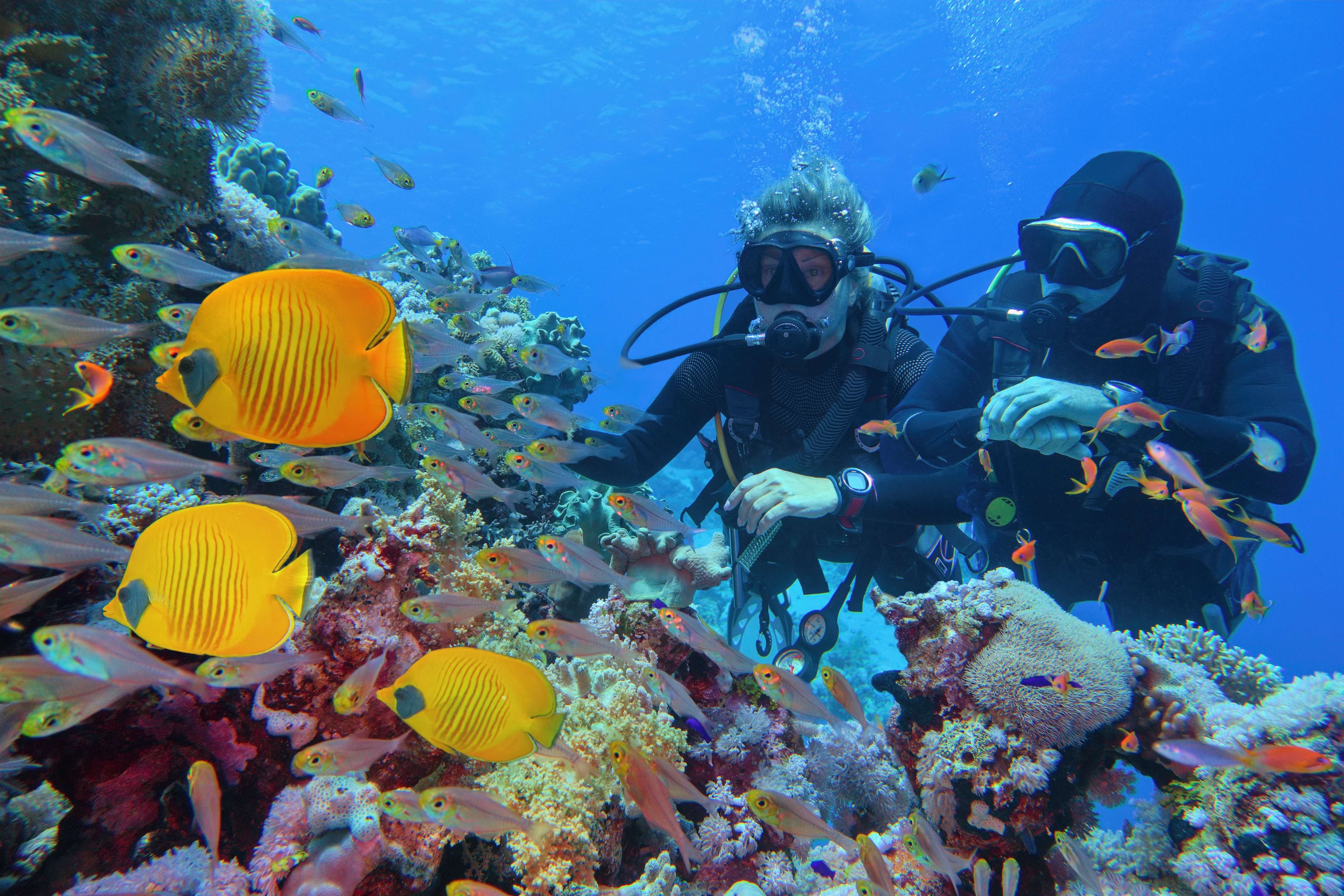
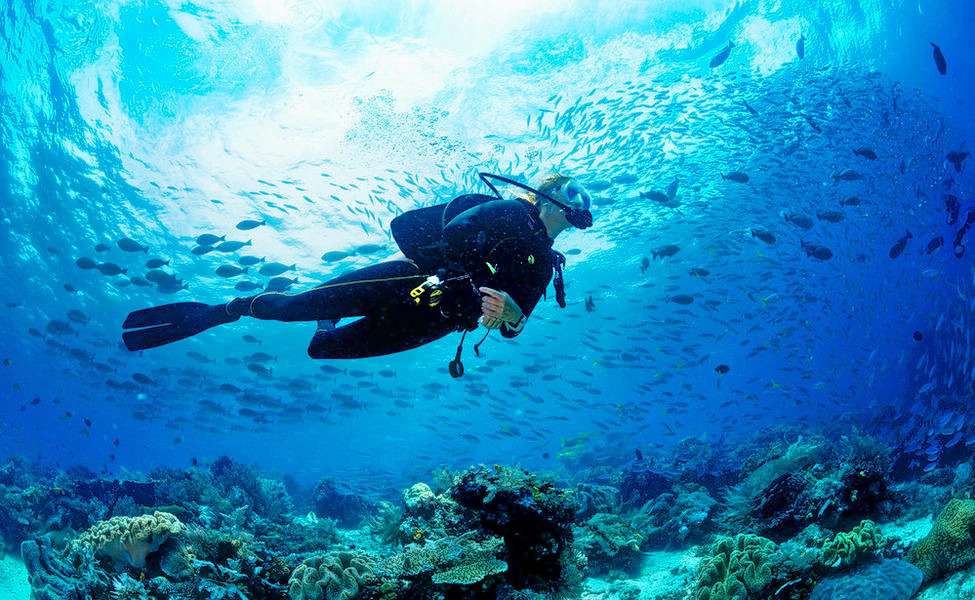
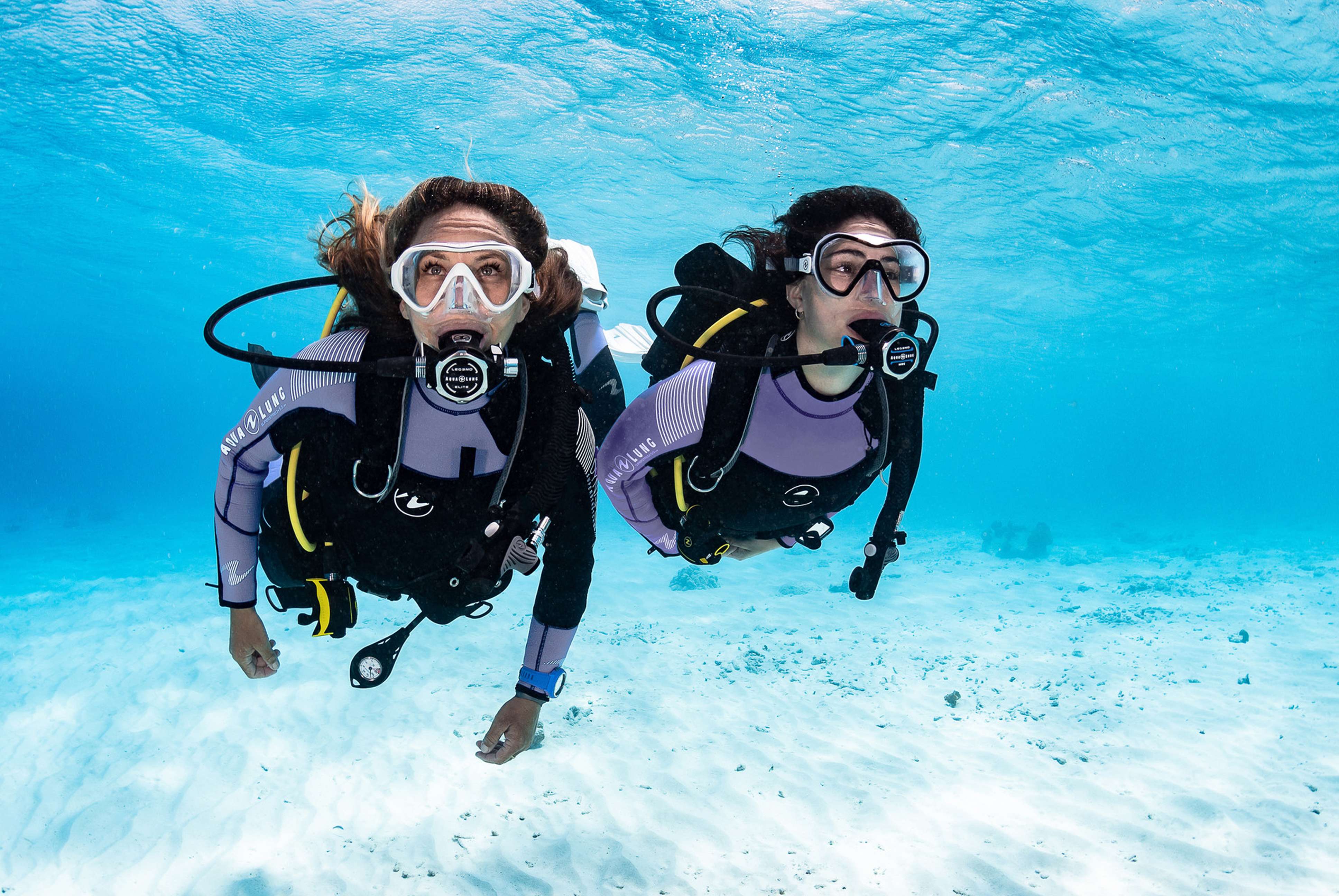

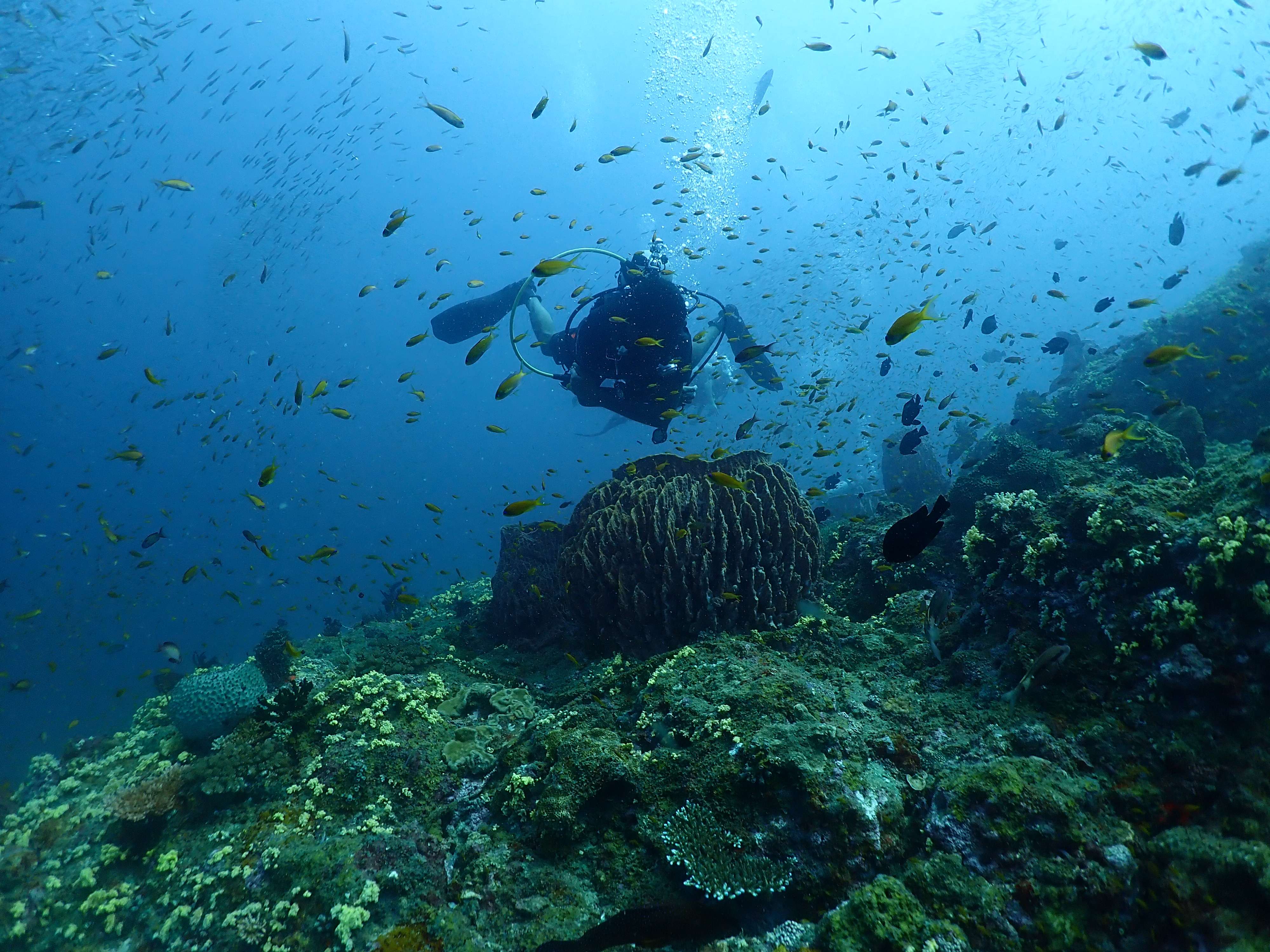
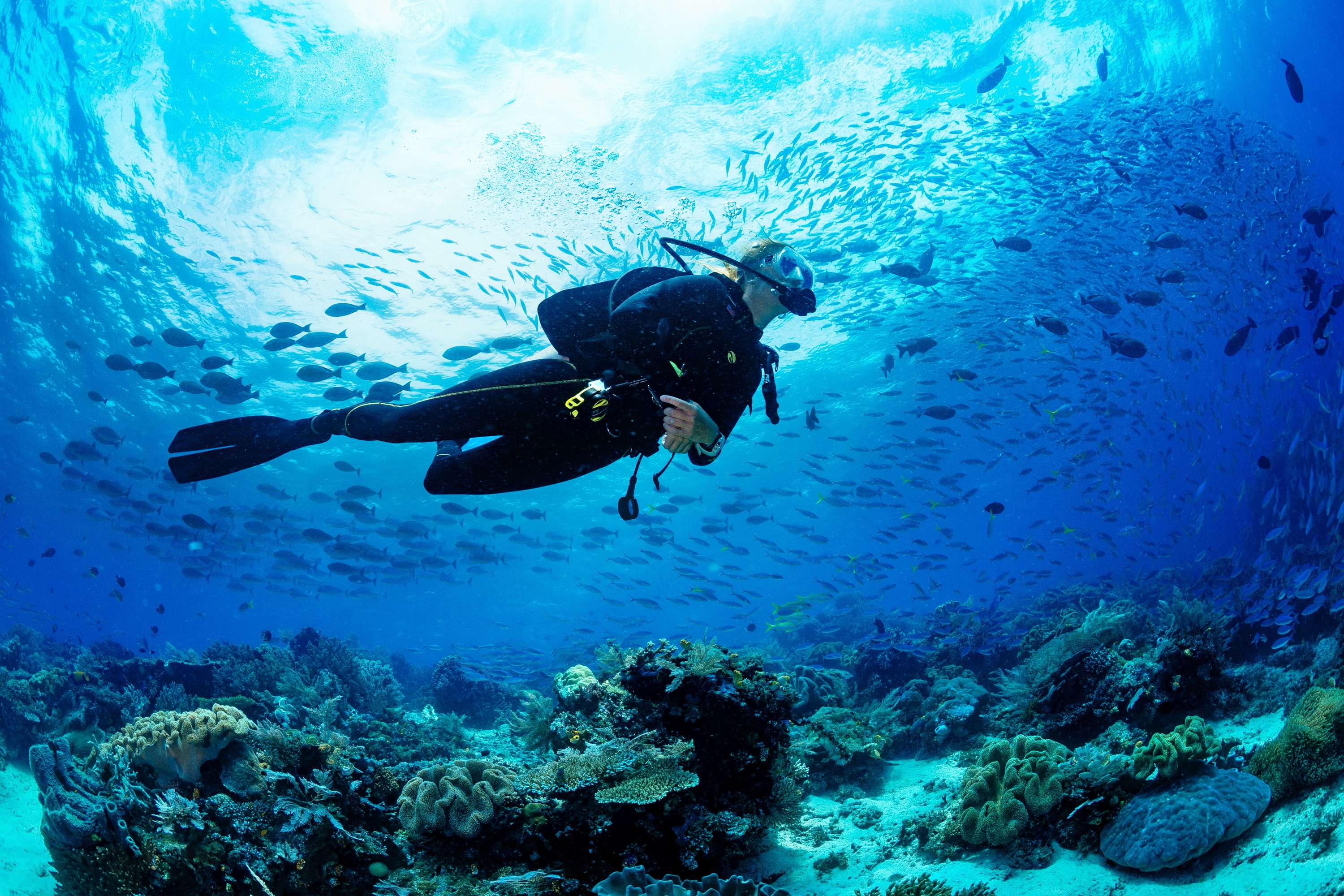
.jpg)